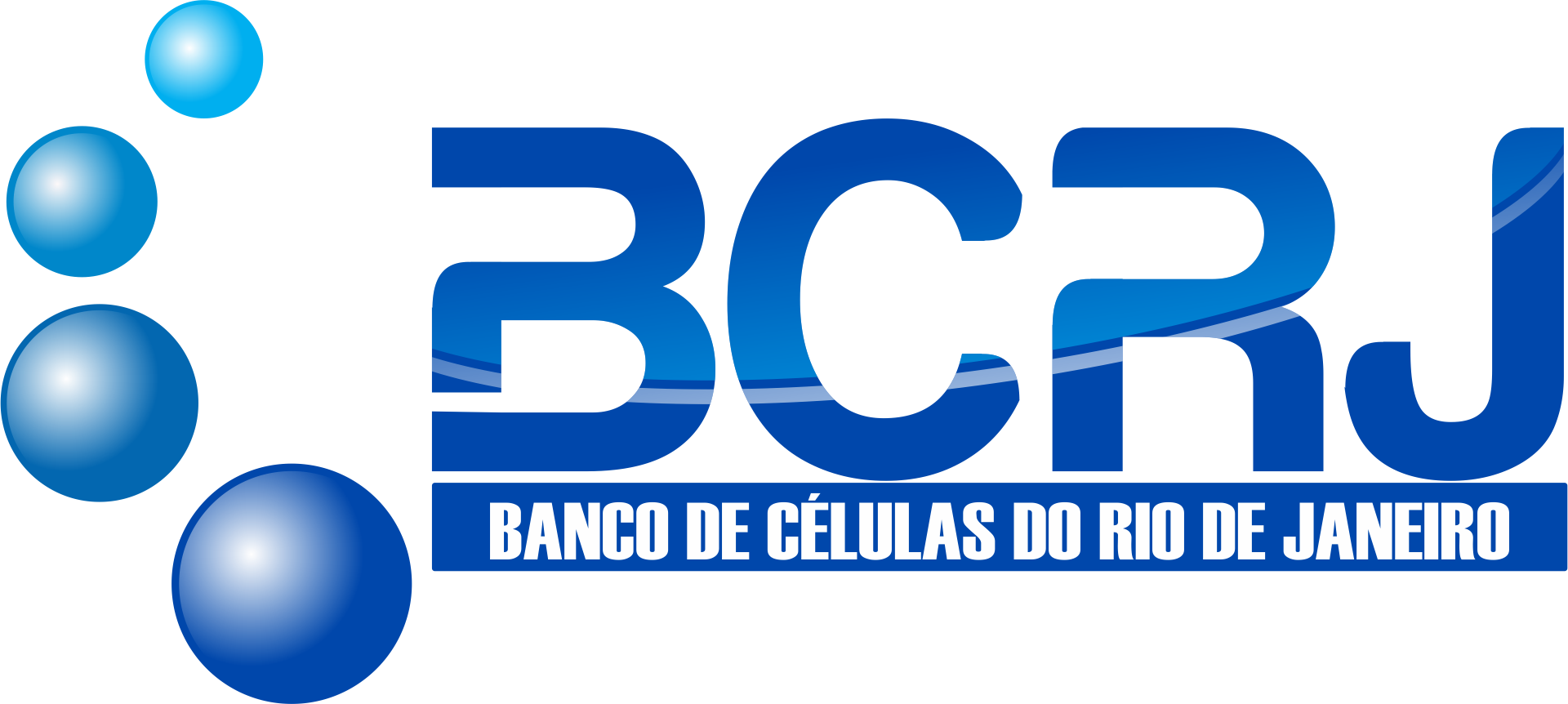| BCRJ Code | 0334 |
| Cell Line | Fcwf-4 [Fcwf] |
| Species | Felis catus |
| Vulgar Name | Cat |
| Tissue | Fetus, whole |
| Cell Type | Macrophage |
| Morphology | Spindle to stellate |
| Disease | Peritonitis |
| Growth Properties | Adherent |
| Age/Ethinicity | Fetus / |
| Applications | It is used to propagate tissue culture adapted Feline coronavirus (Feline infectious peritonitis virus, FIPV). |
| Virus Succeptility: | Feline infectious peritonitis virus |
| Biosafety | 1 |
| Addtional Info | The cells possess some characteristics of macrophages (nonspecific esterase, phagocytic activity, Fc receptors). |
| Culture Medium | Dulbecco's Modified Eagle's Medium (DMEM) with 2 mM L-glutamine and 10% of fetal bovine serum. |
| Subculturing | Volumes used in this protocol are for 75 cm2 flask; proportionally reduce or increase amount of dissociation medium for culture vessels of other sizes. Remove and discard culture medium. Briefly rinse the cell layer with PBS without calcium and magnesium to remove all traces of serum that contains trypsin inhibitor. Add 1.0 to 3.0 mL of Trypsin-EDTA solution to flask and observe cells under an inverted microscope until the cell layer is dispersed (usually within 5 to 15 minutes). Note: To avoid clumping do not agitate the cells by hitting or shaking the flask while waiting for the cells to detach. Cells that are difficult to detach may be placed at 37°C to facilitate dispersal. Add 6.0 to 8.0 mL of complete growth medium and aspirate cells by gently pipetting. Transfer cell suspension to centrifuge tube and spin at approximately 125 x g for 5 to 10 minutes. Discard supernatant and resuspend cells in fresh growth medium. Add appropriate aliquots of cell suspension to new culture vessels. An inoculum of 1 x 10e4 to 1 x 10e5 viable cells/cm2 is recommended. Do not exceed 1 x 10e6 cells/cm2. Place culture vessels in incubators at 37°C. Interval: Maintain cultures at a cell concentration between 2 x 10e4 and 1 x 10e5 cells/cm2. Population Doubling Time: 31 hrs NOTE: For more information on enzymatic dissociation and subculturing of cell lines consult Chapter 12 in Culture of Animal Cells, a manual of Basic Technique by R. Ian Freshney, 6th edition, published by Alan R. Liss, N.Y., 2010. |
| Subculturing Medium Renewal | 2 to 3 times per week |
| Subculturing Subcultivation Ratio | 1:4 to 1:6 |
| Culture Conditions | Atmosphere: air, 95%; carbon dioxide (CO2), 5% Temperature: 37°C |
| Cryopreservation | 95% FBS + 5% DMSO (Dimethyl sulfoxide) |
| Thawing Frozen Cells | SAFETY PRECAUTION:
It is strongly recommended to always wear protective gloves, clothing, and a full-face mask when handling frozen vials. Some vials may leak when submerged in liquid nitrogen, allowing nitrogen to slowly enter the vial. Upon thawing, the conversion of liquid nitrogen back to its gas phase may cause the vial to explode or eject its cap with significant force, creating flying debris.
NOTE: It is important to avoid excessive alkalinity of the medium during cell recovery. To minimize this risk, it is recommended to place the culture vessel containing the growth medium in the incubator for at least 15 minutes before adding the vial contents. This allows the medium to stabilize at its normal pH (7.0 to 7.6). |
| References | Jacobse-Geels HE, Horzinek MC. Expression of feline infectious peritonitis coronavirus antigens on the surface of feline macrophage-like cells. J. Gen. Virol. 64: 1859-2866, 1983. PubMed: 6886678 Pedersen NC, et al. Infection studies in kittens, using feline infectious peritonitis virus propagated in cell culture. Am. J. Vet. Res. 42: 363-367, 1981. PubMed: 6267959 |
| Depositors | Aline Fagundes - Fundação Oswaldo Cruz |
| Cellosaurus | CVCL_6389 |



